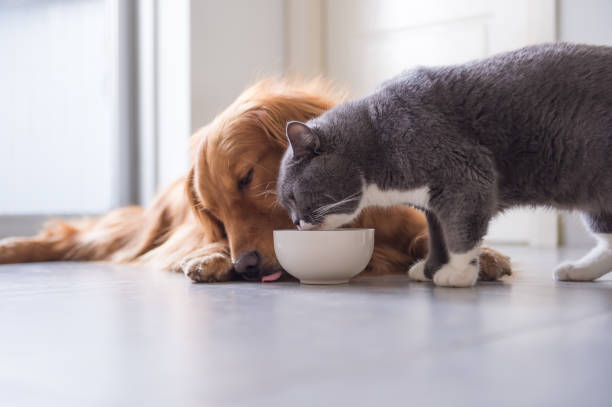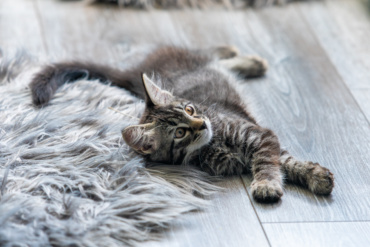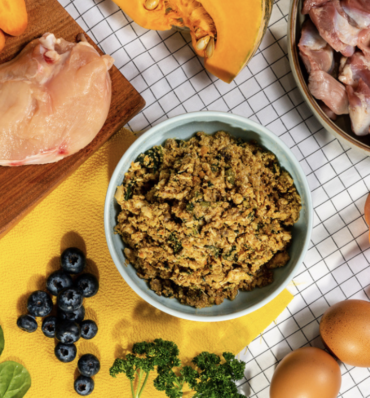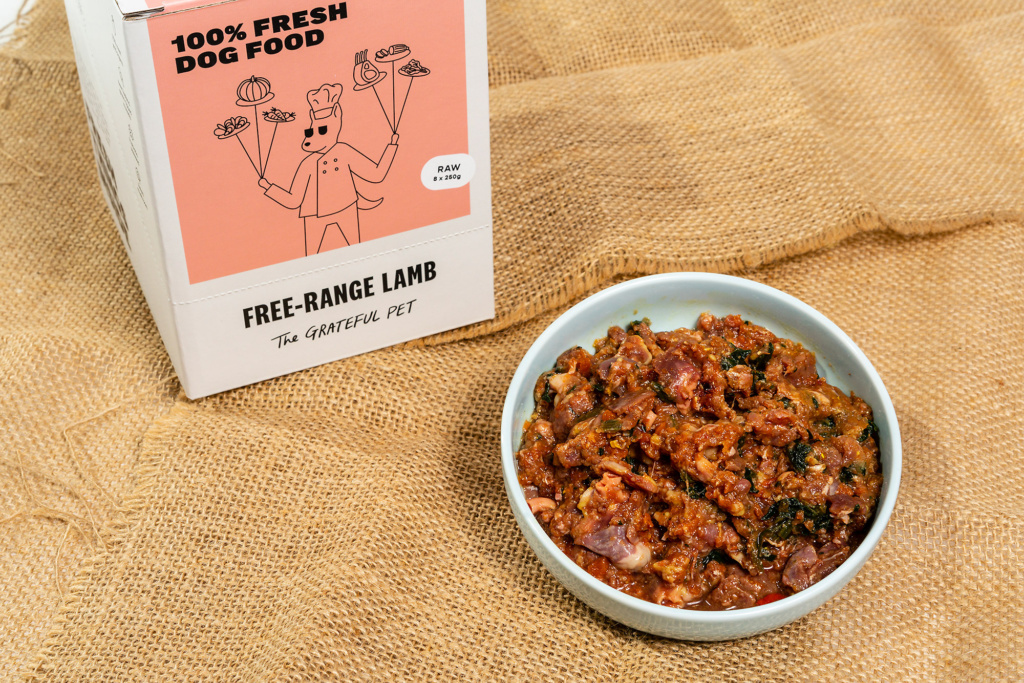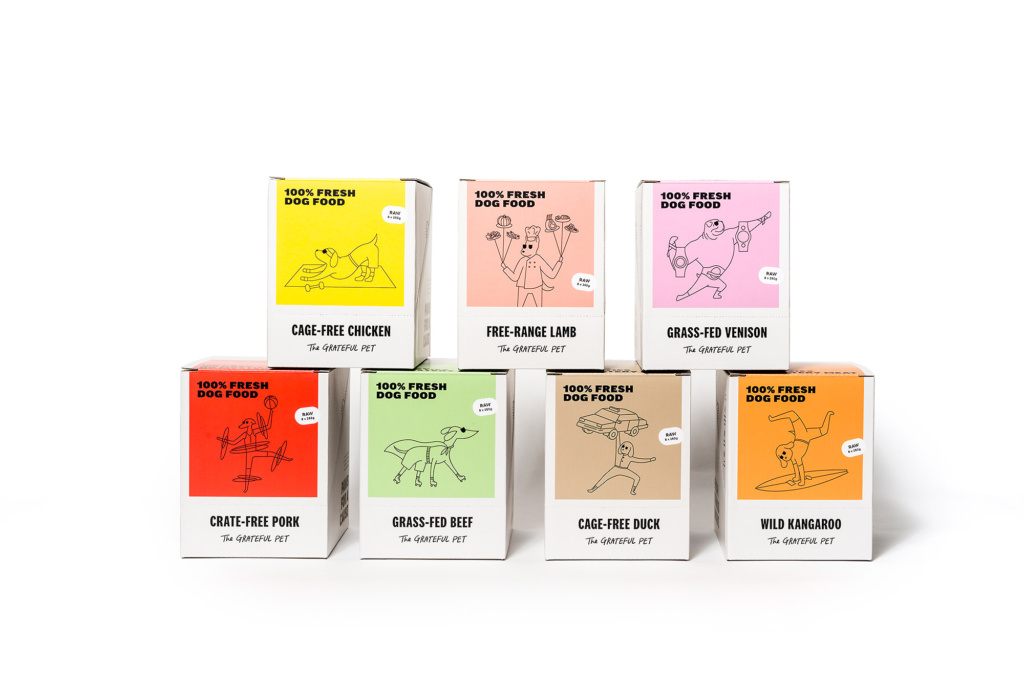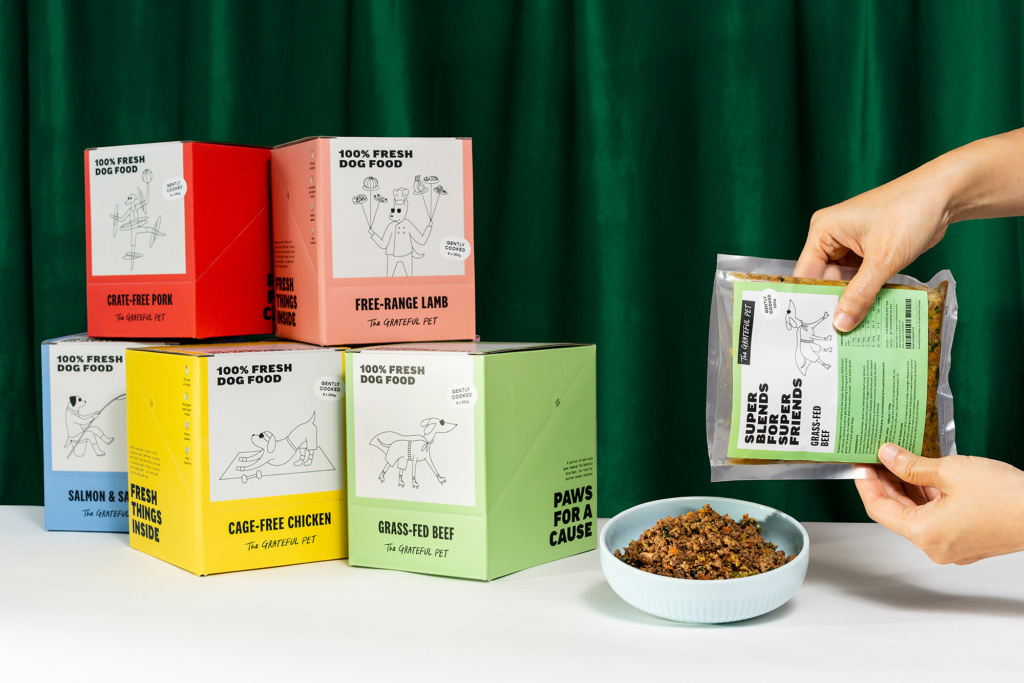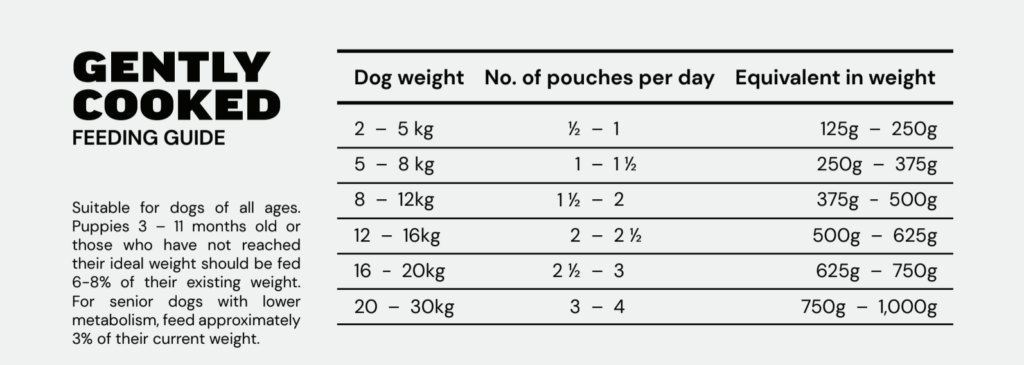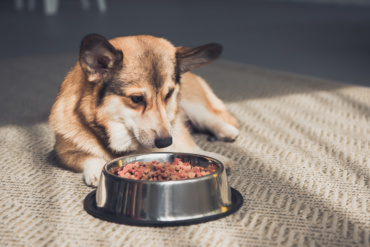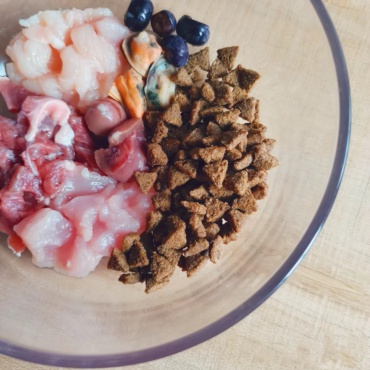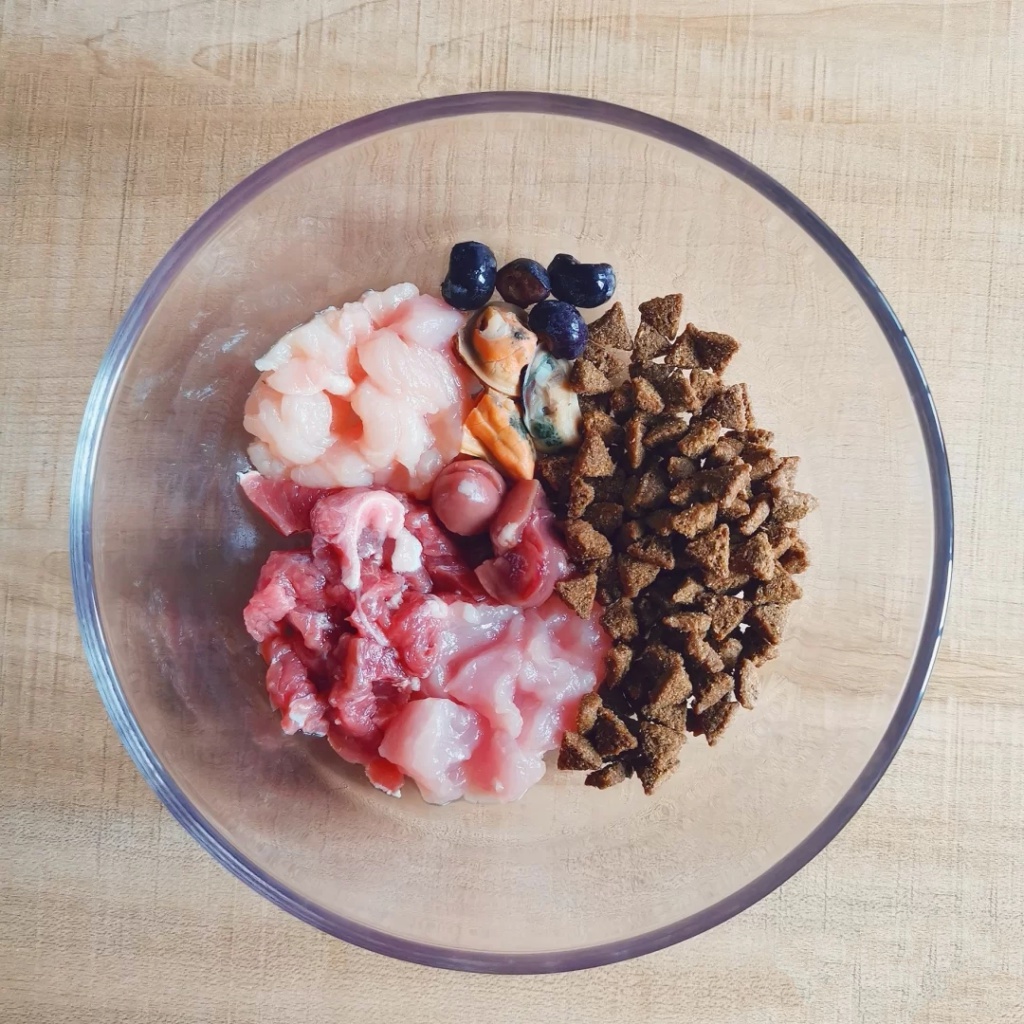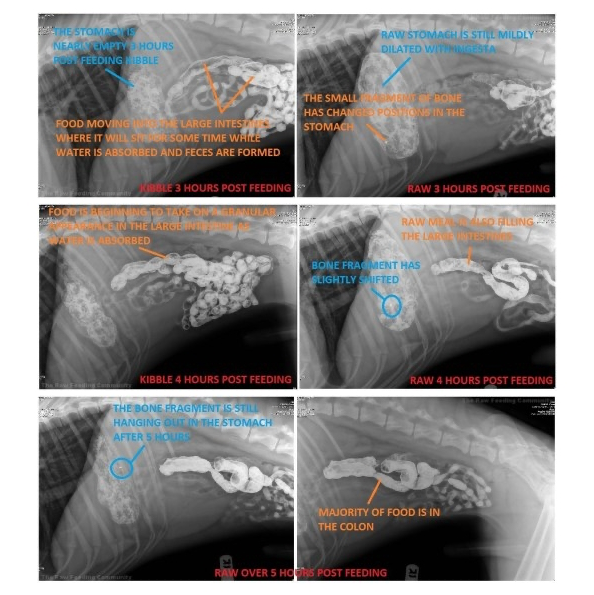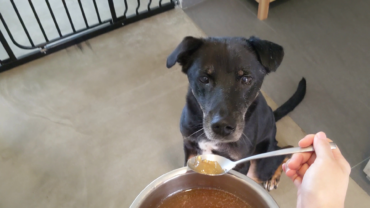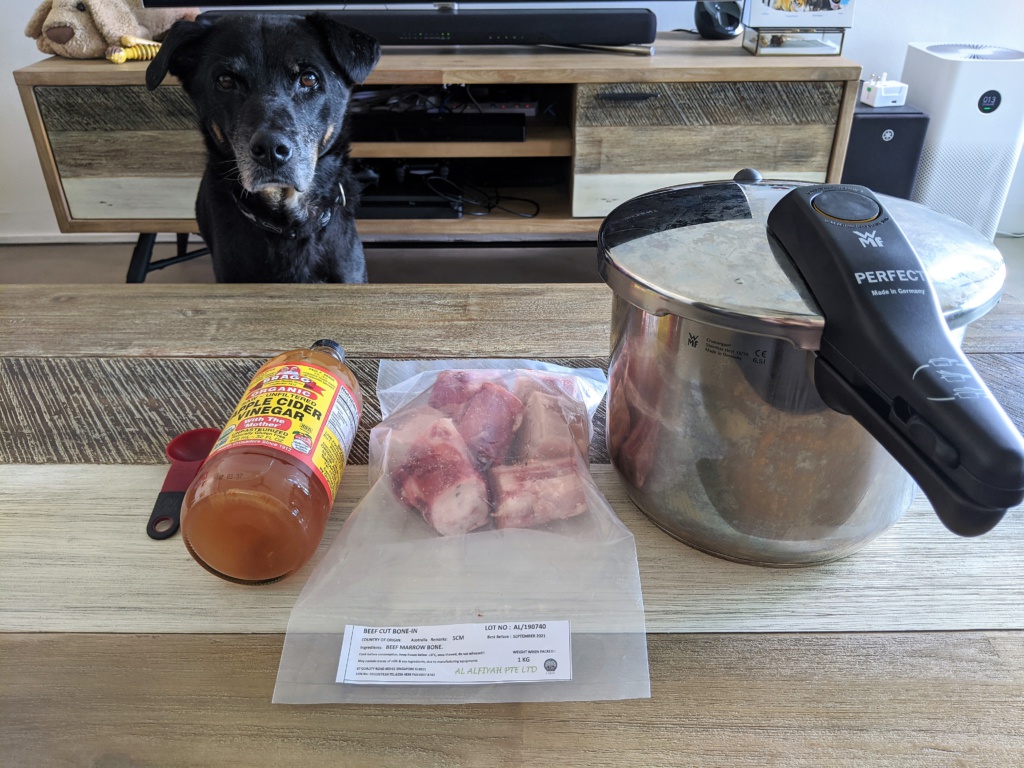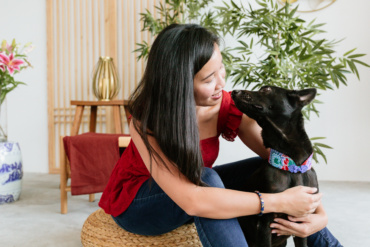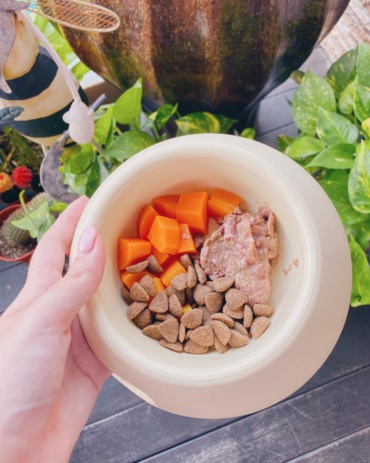This article was brought to you by our collaboration with The Daily Barf.
Many dog owners have heard of the BARF diet, but they often wonder what it stands for.
BARF. Also known as “biologically appropriate raw foods” or “bones and raw food” is a diet that practices raw feeding to your pets.
There are many misconceptions surrounding BARF diets. “Is it good for my pet? Is it bad?” Well, we are here to debunk those myths, and tell you how your pets can benefit from a BARF diet!
Myth #1: Dry foods are healthier than raw food
The truth is that commercial dry foods can cause obesity, diabetes, allergies, cancer, and other health issues. This is because store-bought products usually contain a long list of ingredients and preservatives that are not healthy for your pets.
Additionally, these products also tend to contain animal and grain by-products that we humans wouldn’t eat. Overall, these ingredients can contribute to health problems for your pets as they are not part of their natural diet.
Myth #2: Feeding your pets raw meat and bones is dangerous
There is a difference between raw and cooked bones. Raw bones are soft, easy to digest, and provide a major source of calcium and phosphorus.
On the other hand, cooked bones are dangerous for your pet as moisture is removed from the bones making them brittle and splinter when eaten.
Furthermore, dogs and cats are descendants of wolves and wildcats. As part of their ancestral diet, they survive purely on raw meat, bones, and organs. These foods give them the nutrients they need to keep their bodies healthy and strong.
Myth #3: Raw meat makes my pets more aggressive
This is false. As your pet transitions to a BARF diet, they may appear more possessive of their raw meat and bones as they view those with a higher value than a regular bowl of kibbles.
If you’re feeding 2 or more of your pets, it’s best to feed them separately to avoid any aggression between them. Over time, when your pet realizes this isn’t a one-off treat for them, the protectiveness would gradually disappear.
Myth #4: Feeding raw meat places your dog at risk of Salmonella
Dogs and cats are not created the same. Uncooked meat that would make us sick does not affect canines in the same way.
The hydrochloric acid in the stomach is a protective enzyme against bacteria, viruses, or other microorganisms that can cause disease.
Secondly, a cat/dog’s stomach is highly acidic and, combined with its short digestive tract, is designed to push bacteria out quickly without giving it time to stay.
Thirdly, the natural flora digestive enzymes and bile in their body help them process bacteria without upsetting their healthy balance.
Myth #5: Cooked diets contain more nutrients
On the contrary, raw meat is easier to digest than cooked meat. Dogs and cats have evolved over thousands of years to break down and absorb the essential nutrition from raw meat, not cooked meat or grains.
Furthermore, cooked meat lacks the benefits of raw meat as well as essential nutrients because the act of cooking destroys or alters the protein, fats, vitamins, and minerals it originally contains.
How to get started
Transition from kibbles to BARF diet:
When introducing your pets to raw diets, you’d want to take things slow and see how they react to them. Your pets would require some time to adjust to the change in diet. Observe their behavioral changes and specifically their bowel movements.
Here’s a guide you can follow:
Read more about transition diets here.
Feeding guide:
A rule of thumb is to feed 2-4% of your pet’s body weight depending on the activity level of your pet. If your pet is highly active, we would recommend feeding 3-4% of its current body weight. For pets at home who do not get much exercise daily, we recommend about 2-3% of their current body weight.
How it benefits your pet
The BARF diet has a ton of benefits, containing all the important nutrients your pets need to live a long and healthy life!
It can improve your pet’s immune system, improve their energy levels, healthier skin and coat, and many more! You can read more about the benefits of the BARF diet here!
What are you waiting for? Get your pet started on a BARF diet here.
